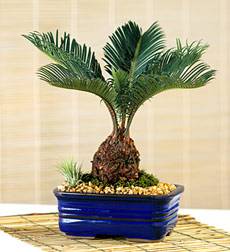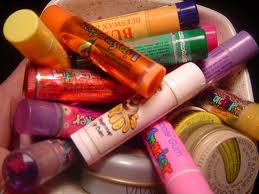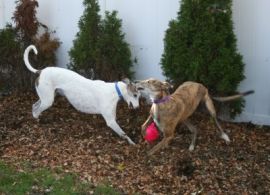A rose by any other name could still kill your pet!
As responsible 
I grew up on the shores of California and on an island in the South Pacific. Palm trees lend a certain ‘Zen’ to my life. In my quest for moments of peace in an otherwise very stressed life I went and bought a palm tree to put in my office so that when I wanted to throw the computer out the window I could gaze at it and lower my blood pressure a bit. On a hunch (hunch being that
Well buckle your seat belts readers because this gets a bit hairy – like the trunk of the Sago Palm, which is highly toxic to both cats and dogs! I’m an avid gardener, both vegetables and flowers, and the animals have free access to the flowerbeds, veggie beds, etc. They generally don’t bother them unless some uninformed rodent decides to venture near and then everything is destroyed in the path of Tasmanian Devil Sharkey!
I was unaware that clematis vines contain glycoside – which causes salivation, diarrhea and vomiting. The list went on to include many that I have around the house, carnations, coleus, daisies and dahlias, geraniums, hibiscus, iris, jade plants and crocus to name a few. Apples and apricots are among the many fruits to which pets shouldn’t have access. My dogs have stood beneath the horses many times as I’ve fed apples waiting for the scraps to drop. Apple seeds contain cyanide!
“Stems, leaves, seeds contain cyanide, particularly toxic in the process of wilting: brick red mucous membranes, dilated pupils, difficulty breathing, panting, shock.” ~ Cornell University Department of Animal Science.

I’m certain there are others of you out there who have dogs or cats that eat anything and everything they can possibly find – someone please tell me Sharkey isn’t the only dog without the good sense God gave a rock! Here are a couple of websites that gave very good information – there are many more plants named than could be mentioned adequately in this article. I recommend you visit these sites and pinpoint the possible problems that you may have depending on what is planted in or around your house and know the symptoms just in case the plump and juicy leaf of that jade plant looks like a tasty morsel your pet just can’t pass up!
http://www.ansci.cornell.edu/plants/dogs/ornamental.html
http://www.aspca.org/Pet-care/poison-control/Plants/apple.aspx

